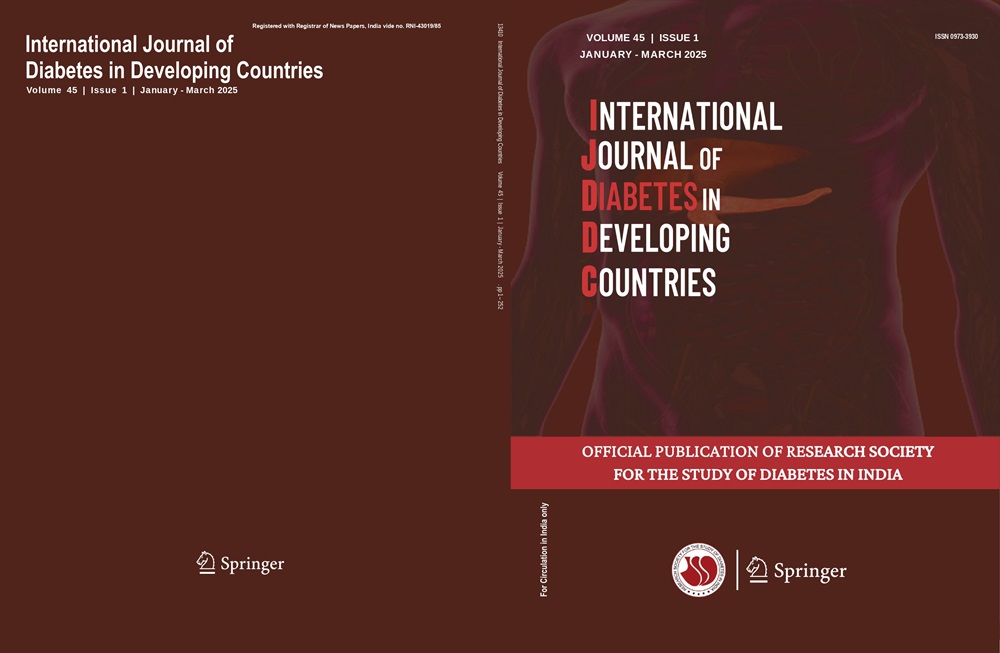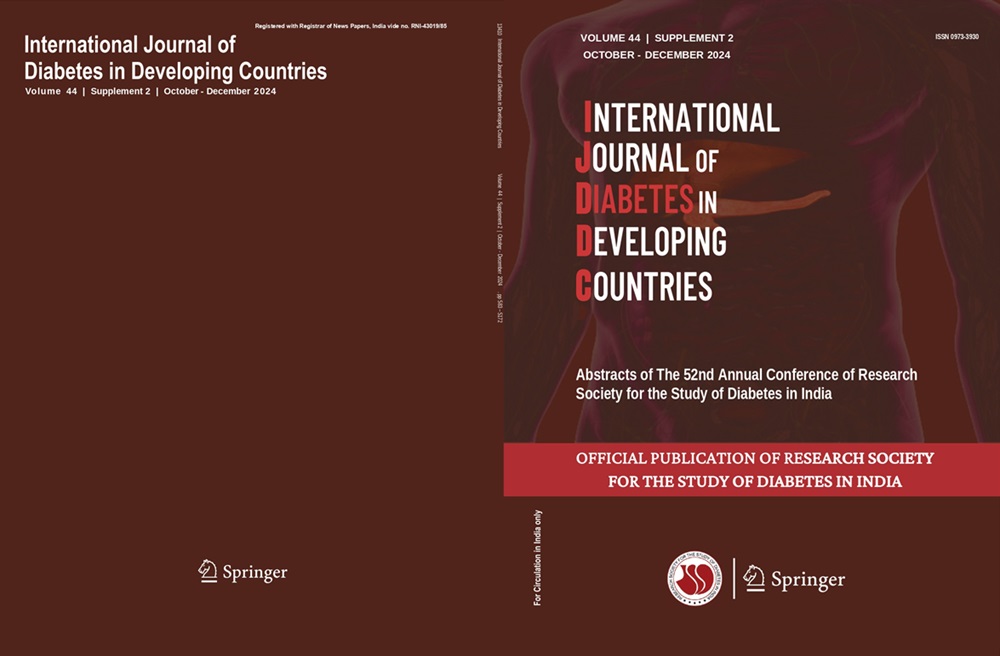Shazwani Shaharuddin, Shobna Thuraisingam, Noorul Aimi Daud, Sarah Diyana Shafie, Sunanthiny Krishnan, Chia Siang Kow, Jamuna Rani Appalasamy, Dinesh Sangarran Ramachandram
Keywords
Prevalence • Diabetic complications • Overweight • Obese • Diabetes mellitus • Malaysia
Abstract
Background In Malaysia, although diabetes accounts for more than 70% of all deaths, it is unclear how it relates to BMI and diabetic complications. This study aimed to investigate the prevalence of obesity and diabetic complications among diabetic patients in Malaysia.
Materials and methods A cross-sectional study using an existing clinical registry was performed from 1 January 2020 to 31 December 2020 at Hospital Serdang, Malaysia. Adult patients with type 2 diabetes mellitus had their medical records examined for disease complications, as reported by the patient at first contact with the DMTAC pharmacist.
Results The study comprised a total of 495 participants with an average HbA1c of 10.5%. About 91% (n=451) of the 495 patients were obese/overweight. Around 37.8% (n = 187) of diabetic patients are between the ages of 50 and 59, and 59% (n = 292) have had diabetes for less than 10 years. A total of 8.5% (n = 42) and 9.7% (n = 48) consume alcohol and smoke, respectively. Around 29.9% (n =148) had one other comorbidity (hypertension or dyslipidemia), and 63.4% (n =314) had two comorbidities. Regarding the prevalence of complications, there were 18.9% (n = 94) who had myocardial infarction, 11.1% (n = 55) who had stroke, and 9% (n=45) who had CKD. Age (adjusted OR=1.03; 95% CI 1.00 to 1.07; p=0.041) and hypertension (adjusted OR=4.06; 95% CI 1.21 to 13.60; p = 0.023) were significantly related with the prevalence of complications in patients with diabetes.
Conclusion In our study, a BMI of more than 23 kg/m 2 (obese/overweight) does not seem to be associated with the prevalence of complications. Age and hypertension, on the other hand, appear to be strong risk predictors of the incidence of complications. With the understanding of the recent outlook on diabetes, it is recommended that public education on the targeted population should be encouraged to negate these complications.




